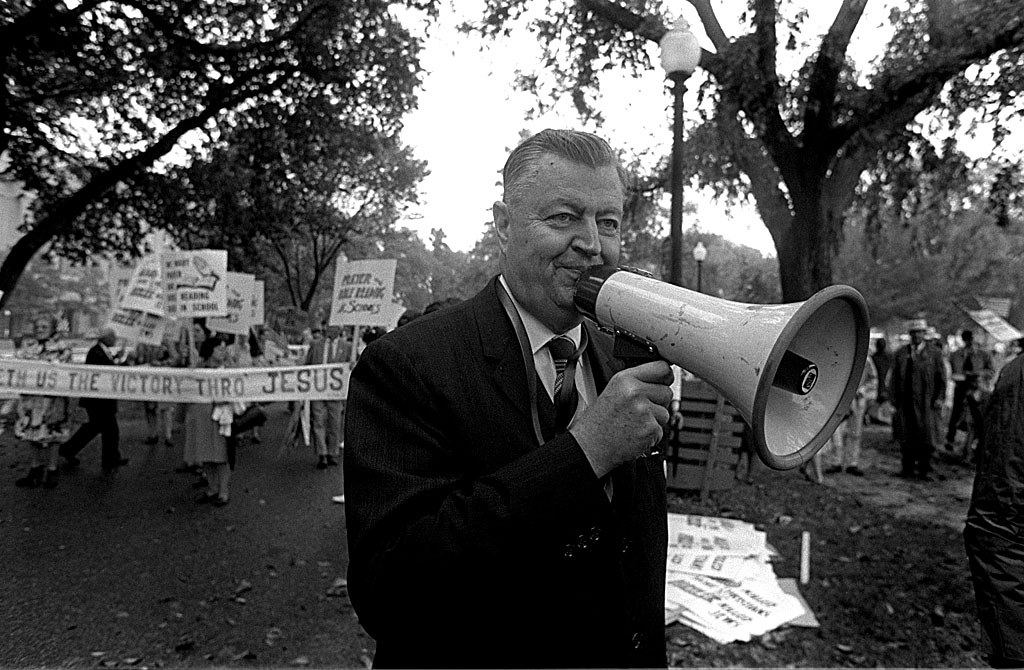In a recent essay for The New Republic, religion reporter Sarah Posner contends that the Religious Right has “effectively become a subsidiary of the alt-right, yoked to Trump’s white nationalist agenda.” By effectively wedding themselves to Trump’s narrative about ‘American carnage,’ she goes on, evangelicals have “returned the religious right to its own origins—as a movement founded to maintain the South’s segregationist ‘way of life.’”
Login to read more
Sign in or create a free account to access Subscriber-only content.
Topics:
